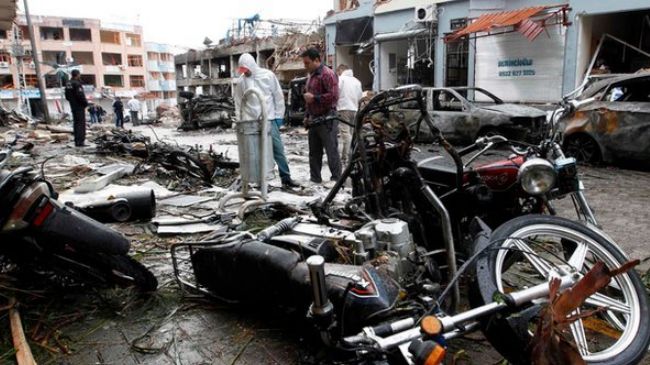West fomenting sectarian rifts in Middle East: Iran MP

An Iranian lawmaker has warned that Western plots aimed at stoking sectarian divisions in the Middle East could see insecurity spill over to other countries.
“The West seeks to spread tribalistic sedition in the region in collaboration with reactionary regional states,” Mohammad Reza Mohseni Sani said.
Pointing to the recent car bomb attacks in the Turkish border town of Reyhanli, the parliamentarian said people in southern Turkey paid the price for the imprudence of their country’s officials.
“Terrorists who are fighting against [Syrian President Bashar] Al-Assad’s government in Syria are certainly behind incidents such as the bombing in Reyhanli,” the Iranian legislator pointed out.
Mohseni Sani noted that individuals linked to groups such as al-Qaeda terrorists and Salafi extremists are committing such crimes in Turkey.
He said the Reyhanli incident should be an object lesson for Turkey and reactionary states in the region to stop supporting terrorists.
Mohseni Sani’s remarks came after Turkey, which backs militants fighting against the Syrian government, accused Syria of being behind the two car bomb attacks in the Turkish border town of Reyhanli on May 11 which killed 51 people. However, the Syrian government has dismissed the claim.
Syrian Information Minister Omran al-Zoubi told a news conference on Sunday that Damascus “did not commit and would never commit such an act because our values would not allow that.”
The Syrian minister blamed the Turkish government for the Reyhanli bombings and the ongoing foreign-sponsored turmoil in Syria.
“It is (Turkish Prime Minister Recep Tayyip) Erdogan who should be asked about this act… He and his party bear direct responsibility,” he said.
No group has claimed responsibility for the attacks. Turkish authorities say they have arrested a number of people suspected of being involved in the attacks.







